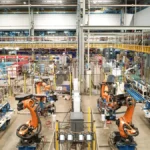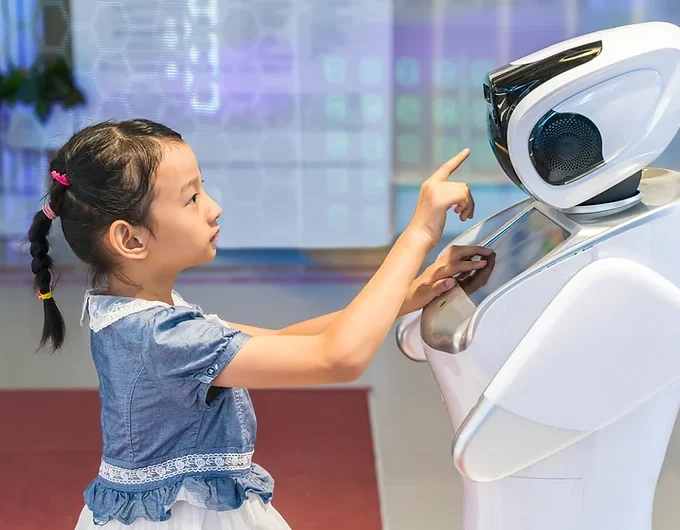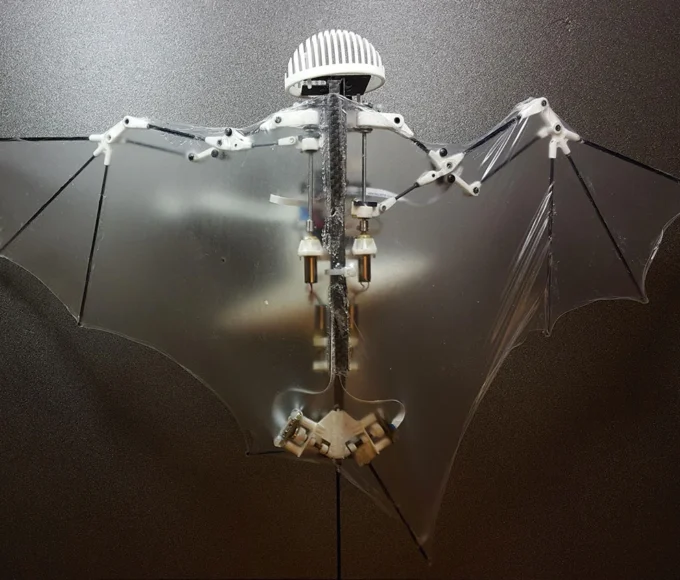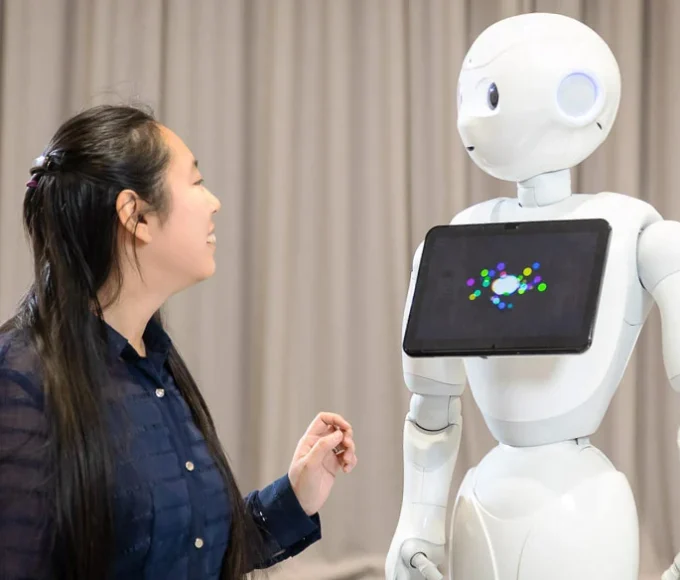Once confined to the realm of science fiction, the concept of robotic exoskeletons has evolved into a remarkable reality. These ingenious devices are now here to stay, empowering individuals with physical limitations, enhancing work performance in demanding fields, and even supporting our brave soldiers on the battlefield. In this article, we will explore the development, functions, and potential applications of these remarkable exoskeletons, highlighting the new possibilities they offer in boosting human capabilities.
The Journey of Robotic Exoskeletons
Robotic exoskeletons have a fascinating history, dating back to the late 1800s when they were first conceived for military use. However, it wasn’t until the late 20th and early 21st centuries that significant advancements were made, thanks to progress in engineering, robotics, and materials science.
Today, there are diverse types of robotic exoskeletons, each tailored to specific needs and industries. Some are designed to assist individuals with mobility challenges, while others focus on bolstering the physical abilities of workers in labour-intensive jobs.
Unveiling the Inner Workings
A robotic exoskeleton is essentially a wearable framework, crafted from lightweight and durable materials such as carbon fiber or aluminum. Within this framework lie essential components like actuators, sensors, and advanced algorithms, working harmoniously to enhance the user’s movements.
Embedded sensors continuously monitor the wearer’s motion and posture, while intelligent algorithms process this data to predict and understand their intentions. In response, the actuators provide the necessary mechanical assistance, be it supporting heavy loads, improving limb mobility, or maintaining body stability.
Empowering Human Strength
One of the most captivating applications of robotic exoskeletons is their ability to magnify human strength. Industries such as construction, manufacturing, and logistics often involve physically demanding tasks that can lead to fatigue and injuries. Here, exoskeletons prove invaluable by easing muscle and joint strain, reducing the risk of repetitive injuries, and ultimately boosting productivity.
Moreover, rehabilitation centers are now embracing exoskeletons as indispensable tools for patients recovering from strokes, spinal cord injuries, or other mobility impairments. These devices facilitate repetitive movements and gait training, accelerating recovery and enhancing the quality of life for those with limited mobility.
Amplifying Mobility and Endurance
Beyond strength enhancement, robotic exoskeletons are also instrumental in improving human mobility and endurance. Individuals with mobility challenges or lower limb paralysis can now experience the joy of walking again, regaining self-confidence and reducing their dependence on mobility aids.
In defense, exoskeletons are being explored to support soldiers in carrying heavy loads, minimizing fatigue, and increasing their maneuverability through difficult terrains. These exoskeletons hold the promise of enhancing soldiers’ operational capabilities and safeguarding them from musculoskeletal injuries.
Startup in this domain
Rise Legs: Rise Legs is a Bangalore-based startup dedicated to developing advanced lower limb exoskeletons. Focused on aiding mobility-impaired individuals, Rise Legs aims to create affordable and user-friendly exoskeletons that allow people with disabilities to stand up, walk, and regain their independence.
Addressing Challenges and Embracing the Future
Despite their immense potential, robotic exoskeletons face some challenges on their path to widespread adoption. Concerns about cost, weight, and user comfort need to be addressed. As researchers continue to refine the designs and engineering, exoskeletons are becoming more affordable, lighter, and user-friendly.
Additionally, further research is underway to improve the interaction between exoskeletons and the human body, ensuring a seamless and intuitive user experience. Progress in artificial intelligence and machine learning will undoubtedly enhance exoskeletons’ responsiveness and customization to individual users.
Robotic exoskeletons have transcended fiction to become an empowering reality, revolutionizing industries and transforming the lives of people with mobility challenges. From supporting workers in demanding fields to aiding rehabilitation and bolstering military capabilities, these ingenious devices herald a promising future of human-machine cooperation.
As technology continues to advance and researchers overcome current hurdles, we can eagerly anticipate a future where robotic exoskeletons play an essential role in augmenting human strength and mobility, opening up new horizons of potential and empowerment for all.
















Leave a comment